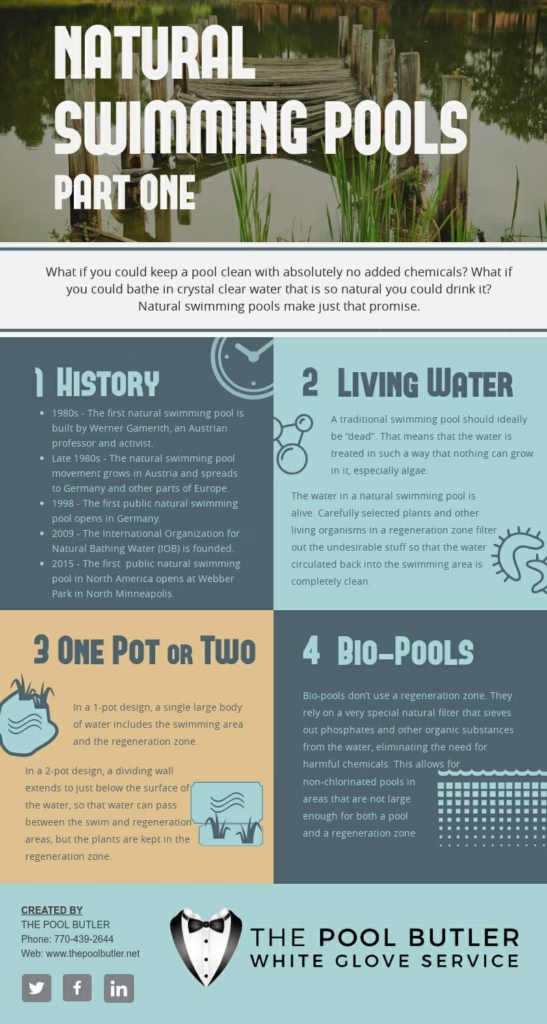Creating a sustainable swim pond not only enhances your outdoor space but also contributes positively to the environment. As eco-conscious homeowners, embracing solar-powered solutions can significantly improve your swim pond experience. These innovative systems enable efficient water management, reduce reliance on traditional energy sources, and promote biodiversity in your backyard. This guide will explore how to harness solar power for your swim pond, answering essential questions and providing actionable insights.
Why Consider Solar-Powered Solutions for Your Swim Pond?
Swim ponds are becoming increasingly popular among homeowners who value a natural swimming experience without the chemicals often found in traditional pools. By utilizing solar power, you can create a swim pond that is functional and eco-friendly.
Solar-powered systems can lower your electricity costs for maintaining the pond by up to 60%. Initial investment for solar installations typically ranges from $75,000 to $150,000. While this may seem substantial, the long-term savings associated with low operating costs make solar solutions an attractive option.
You have the opportunity to significantly reduce energy consumption while maintaining a beautiful environment for swimming and relaxation. By integrating solar technology, you make a conscious choice to promote sustainability, enhance your property’s aesthetic appeal, and decrease utility bills over time.
This infographic illustrates the benefits of solar-powered swim ponds (Source: The Pool Butler)
How to Slash Energy Consumption in Your Swim Pond
Reducing energy consumption in your swim pond is crucial for both environmental sustainability and cost savings. The first step in achieving this is understanding the energy use within your current system.
Start by evaluating the energy needs of your existing pump and filtration systems. Transitioning to solar-powered pumps can produce flow rates of up to 3,500 liters per hour (L/h), effectively maintaining your pond with minimal energy input. When selecting solar panels, aim for systems that match your energy requirements while optimizing performance.
Implementing energy storage solutions, such as battery systems, can also be a smart choice. These systems store energy generated by solar panels, ensuring that your pumps continue to operate even during overcast conditions or at night.
By incorporating these tactics, you can create a more energy-efficient swim pond that aligns with eco-friendly practices.

This diagram showcases a solar energy system for homes, including the integration of solar panels and energy savings (Source: Shutterstock)
Can Solar Panels Boost Aeration Efficiency in Your Pond?
Effective pond aeration is essential for maintaining water quality and supporting aquatic life. Solar panels can undoubtedly enhance the efficiency of aeration systems in your swim pond.
Solar-powered aerators operate by using solar energy to power air pumps that introduce oxygen into the water. This process helps to oxygenate your pond, improve water quality, and support beneficial bacteria that break down organic matter. A well-aerated pond is less likely to experience algae blooms and can support a diverse ecosystem.
There are various types of solar air pumps available designed specifically for ponds. Many modern systems feature smart technology, enabling you to monitor water quality and adjust aeration levels through a mobile app. By embracing solar aeration, you not only enhance water quality but also reduce your overall energy consumption.

This schematic diagram illustrates how a solar-powered aeration system operates, including components and functionalities (Source: ResearchGate)
Navigating Costs and Savings of Solar Pond Aeration
Financial implications are an essential aspect of transitioning to solar-powered pond aeration. While the initial setup costs can be higher than traditional systems, the long-term savings are significant.
Initial costs for solar systems typically range from $75,000 to $150,000, while traditional chlorinated pools can be set up for about $30,000 to $60,000. However, solar pond systems offer very low ongoing operating costs, including minimal chemical inputs and reduced energy expenses.
Solar systems usually have a payback period of 1.5 to 7 years, depending on local energy rates and available incentives. For instance, one homeowner reported annual savings of $12,000 on energy bills after installing a solar system for their mid-sized fish farm.
Investing in solar technology for your swim pond can save you money while promoting environmental sustainability. This dual benefit makes solar solutions a compelling choice for eco-conscious homeowners.
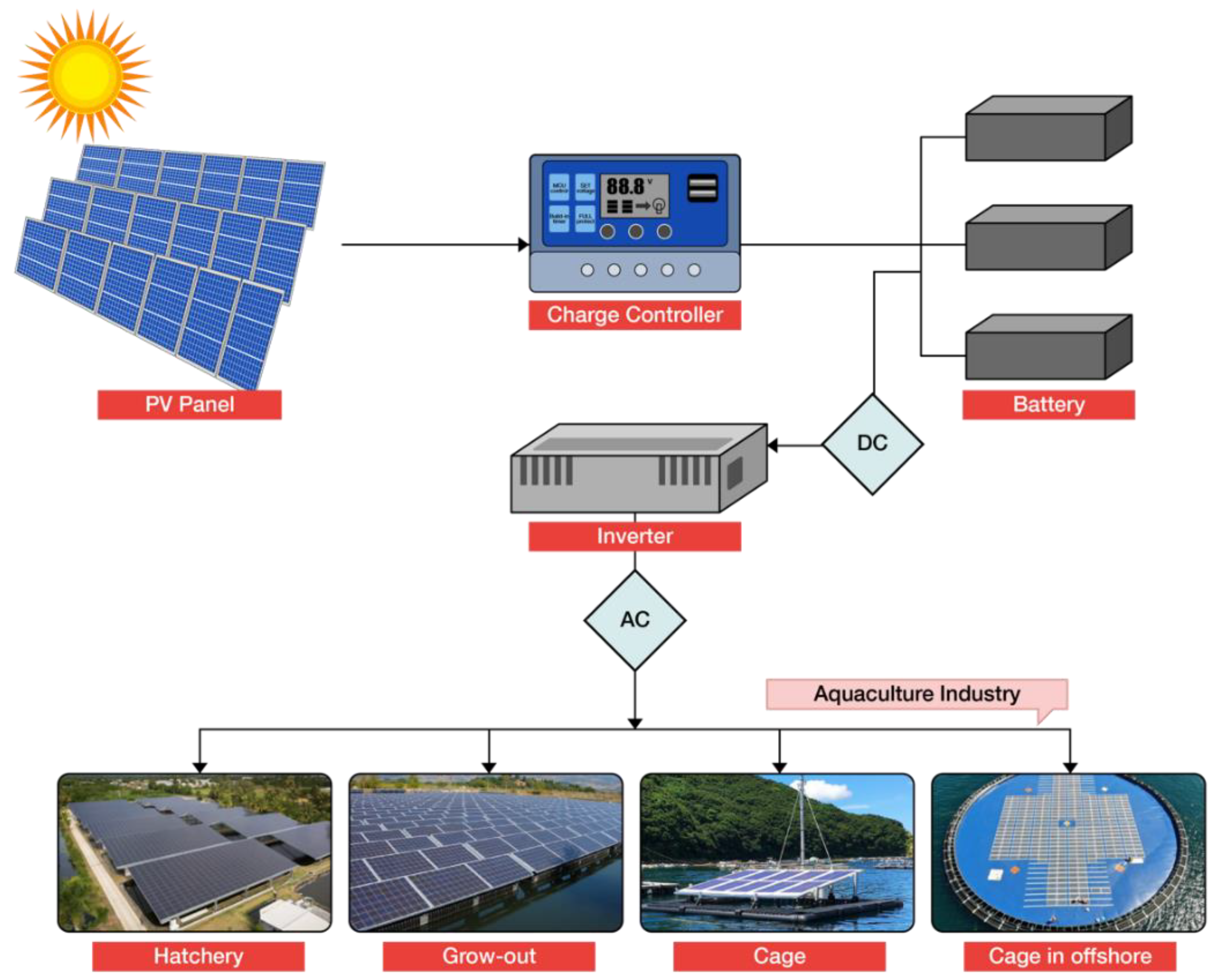
Graphs demonstrating the cost comparisons and financial benefits of solar pond aeration systems (Source: MDPI)
Integrating Solar Systems into Existing Pond Setups: A Practical Guide
Integrating solar technology into your existing swim pond setup requires careful planning and execution. Start by assessing your current system to understand which solar components will best meet your pump and filtration needs.
Follow these steps for seamless integration:
-
Calculate your energy needs: Determine the power requirements of your existing pump and filtration systems.
-
Choose solar equipment: Select a solar panel system that meets your energy needs. Typically, starting with a minimum of 2 kW of solar panels and a battery bank of 5-10 kWh is recommended.
-
Install solar components: Carefully follow installation practices, ensuring that all connections are made correctly.
-
Test the system: Conduct initial testing to verify that everything is functioning as expected.
Proper sizing and installation are crucial to ensure that your solar systems can handle the demands of your swim pond effectively.
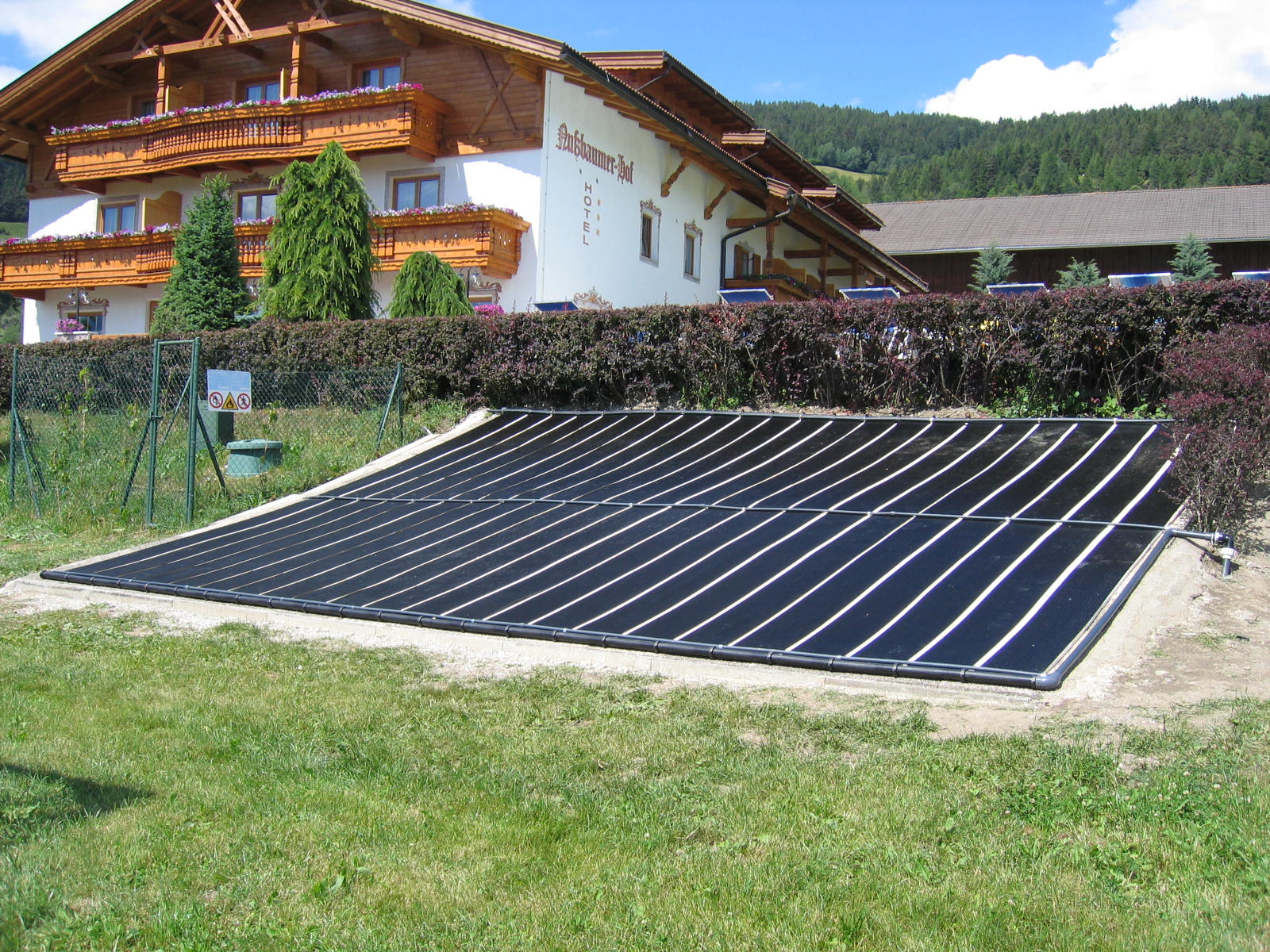
This installation photo shows a solar panel setup integrated into a swimming pond environment (Source: CullWater)
Environmental Impact: The Benefits of Solar Energy for Pond Aeration
Harnessing solar energy for pond aeration comes with numerous environmental advantages. By reducing or eliminating the need for chemicals, solar systems promote healthier aquatic ecosystems. Research indicates that solar-powered filtration systems decrease chemical usage by over 90% compared to traditional systems.
Additionally, solar installations encourage biodiversity by creating environments where aquatic plants and wildlife can thrive. The use of solar energy also contributes to lowering carbon footprints, which is a key objective for many eco-conscious homeowners.
Integrating solar with natural filtration improves water quality and ensures that your pond supports local wildlife, thereby enhancing the entire ecosystem.
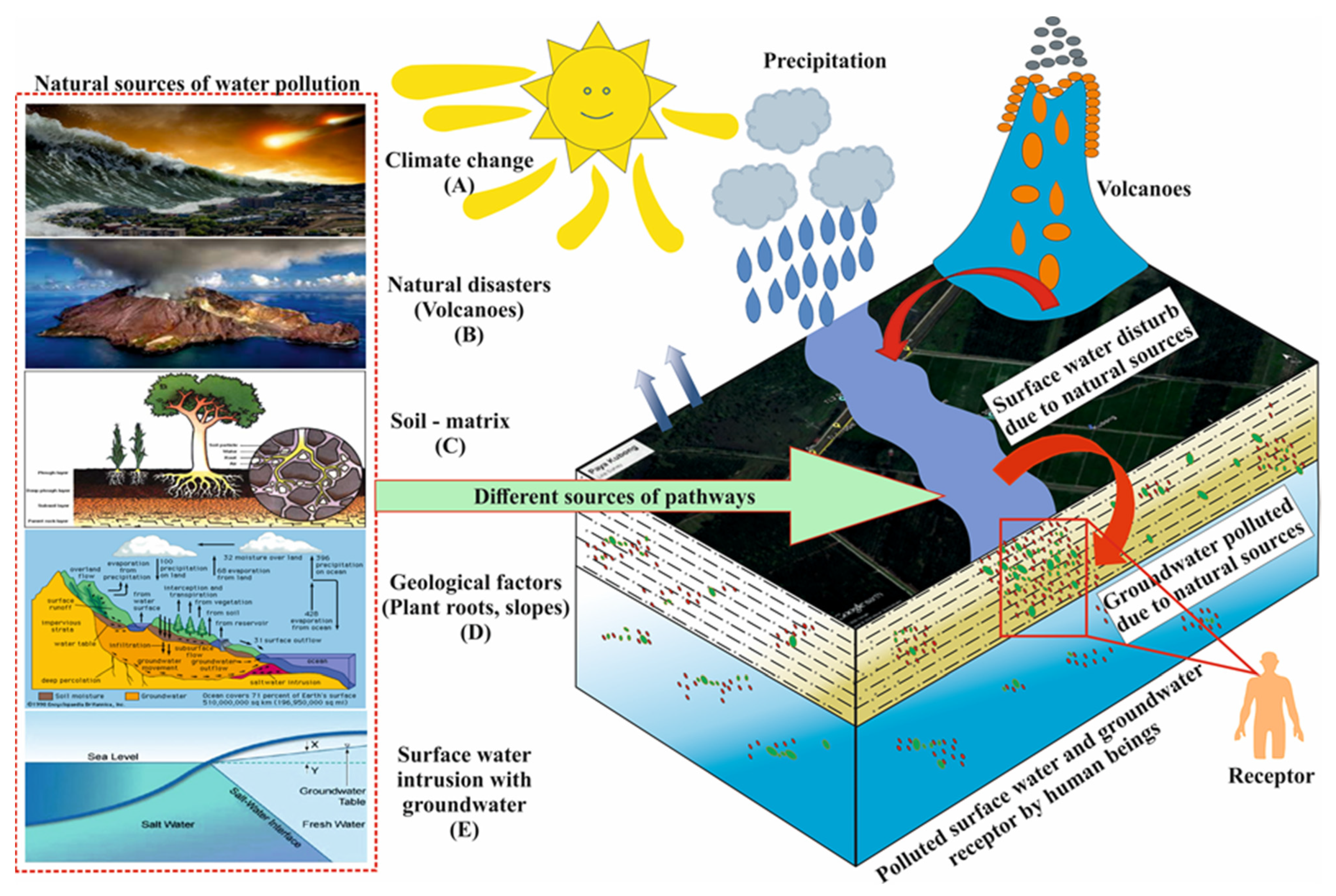
This chart illustrates the changes in water quality metrics before and after the integration of solar-powered aeration systems (Source: MDPI)
Real-World Examples of Successful Solar Pond Implementations
Looking at real-world implementations can provide valuable insights into the effectiveness of solar systems in swim ponds. Homeowners who have made similar transitions often share their experiences, highlighting both the successes and challenges they faced during the process.
Many projects showcase dramatic transformations, indicating that solar technology offers tangible benefits. Homeowners have noted improvements in water clarity, significant energy savings, and enhanced overall ecosystem health.
Key takeaways include understanding the importance of proper sizing when implementing solar systems and the necessity for regular maintenance to ensure continued efficiency.
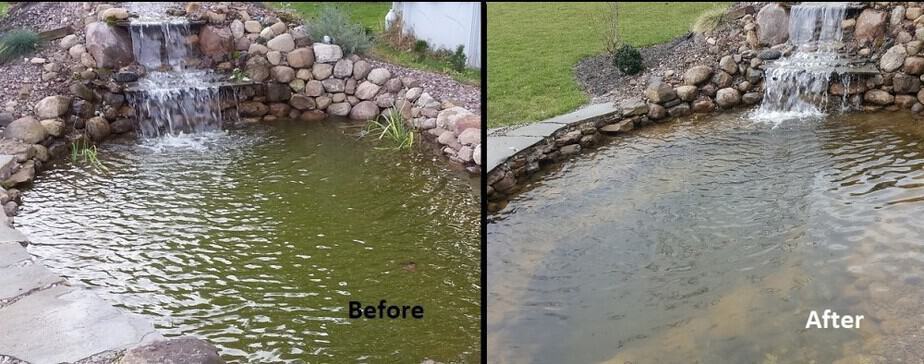
These before and after photos showcase the transformations in swim ponds following solar integration (Source: Backyard Water Garden)
Best Practices for Combining Solar Technology and Natural Filtration
Combining solar solutions with natural filtration methods can optimize the health and aesthetic appeal of your swim pond. Here are some best practices to consider:
-
Choose biofilm filtration technologies that operate without chemicals, thereby enhancing water quality while supporting beneficial bacteria.
-
Design effective regeneration zones comparable in size to the swimming area. These zones facilitate water circulation and natural filtration.
-
Incorporate air-driven circulation systems to enhance aeration, ensuring that your pond water remains clean and clear.
Regular maintenance is crucial for all systems. Conducting periodic checks can help refine performance and ensure all components operate smoothly.

This flowchart details best practices for integrating solar technology with natural filtration in ponds (Source: ResearchGate)
Your Next Steps Towards a Sustainable Swim Pond Transformation
Transitioning to a solar-powered swim pond requires thoughtful planning. Start by establishing a realistic budget that encompasses all aspects of solar installation, including panels, batteries, and potential labor costs.
Research local incentives for solar energy installations; many regions offer benefits that can significantly offset your initial investment. Additionally, hiring reputable contractors will ensure your setup is both efficient and compliant with local regulations.
Finally, stay informed about local legislation concerning solar installations and ensure your systems adhere to health and safety standards.
With a structured approach, you can successfully transform your swim pond into a sustainable paradise powered by renewable energy.
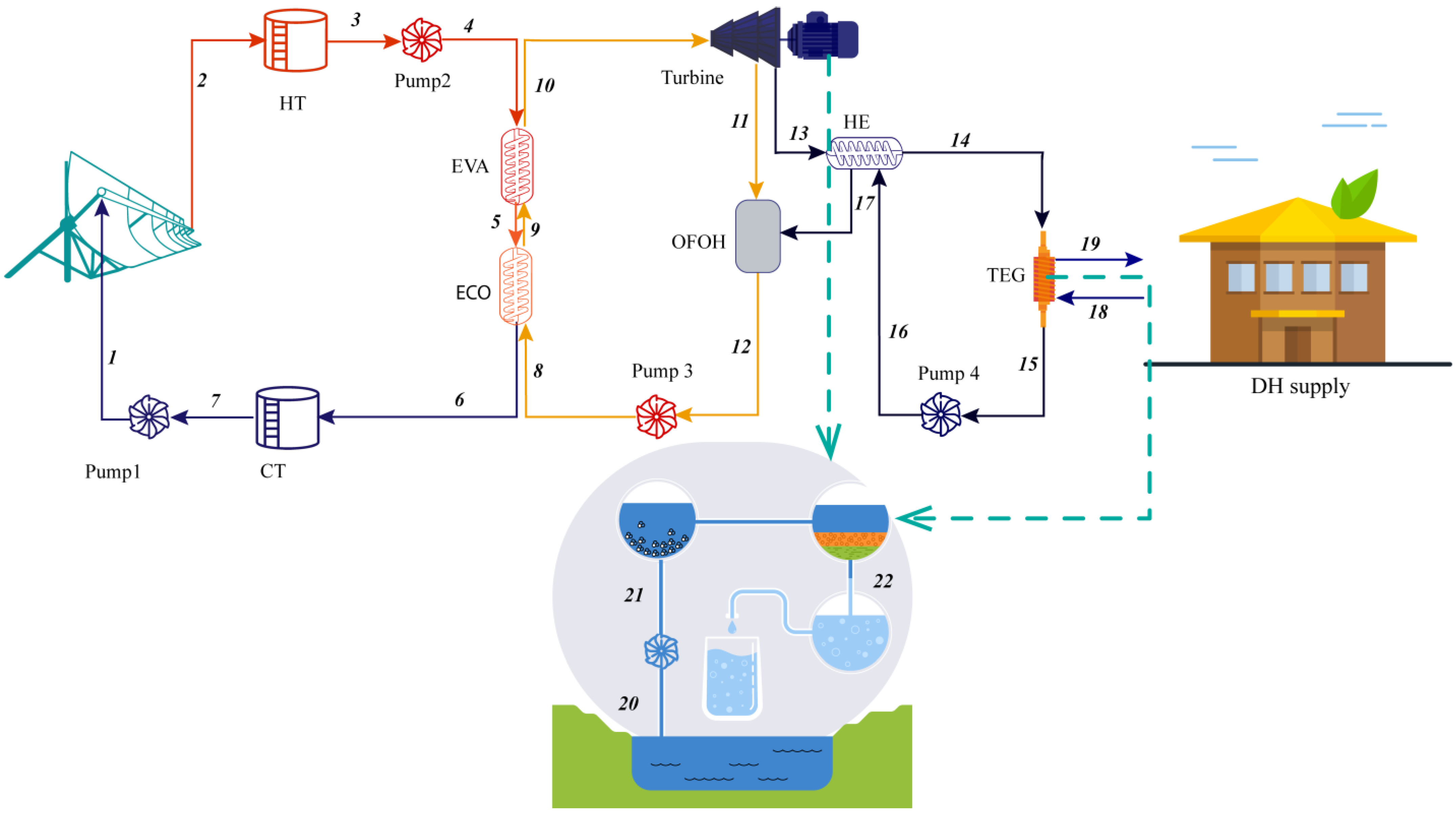
This checklist graphic summarizes actionable steps homeowners can take to transition to solar-powered swim ponds (Source: MDPI)
In conclusion, moving towards solar-powered solutions for your swim pond represents a commitment to personal joy and a significant step towards environmental responsibility. By understanding how to effectively implement solar technology, you can enjoy a beautiful, sustainable swim pond for years to come.

